Scientists in the global south use the popular technique to protect local crops against local threats.
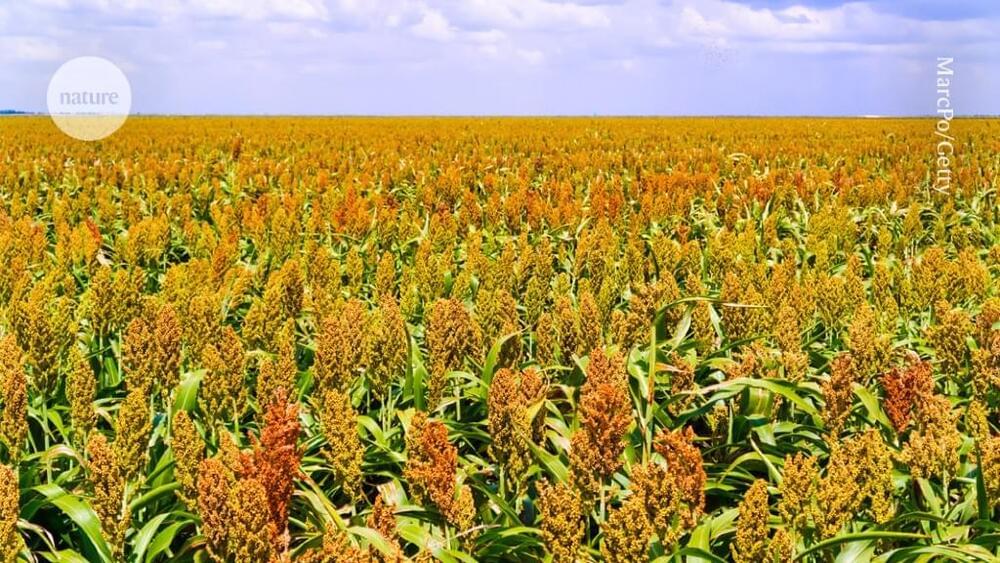

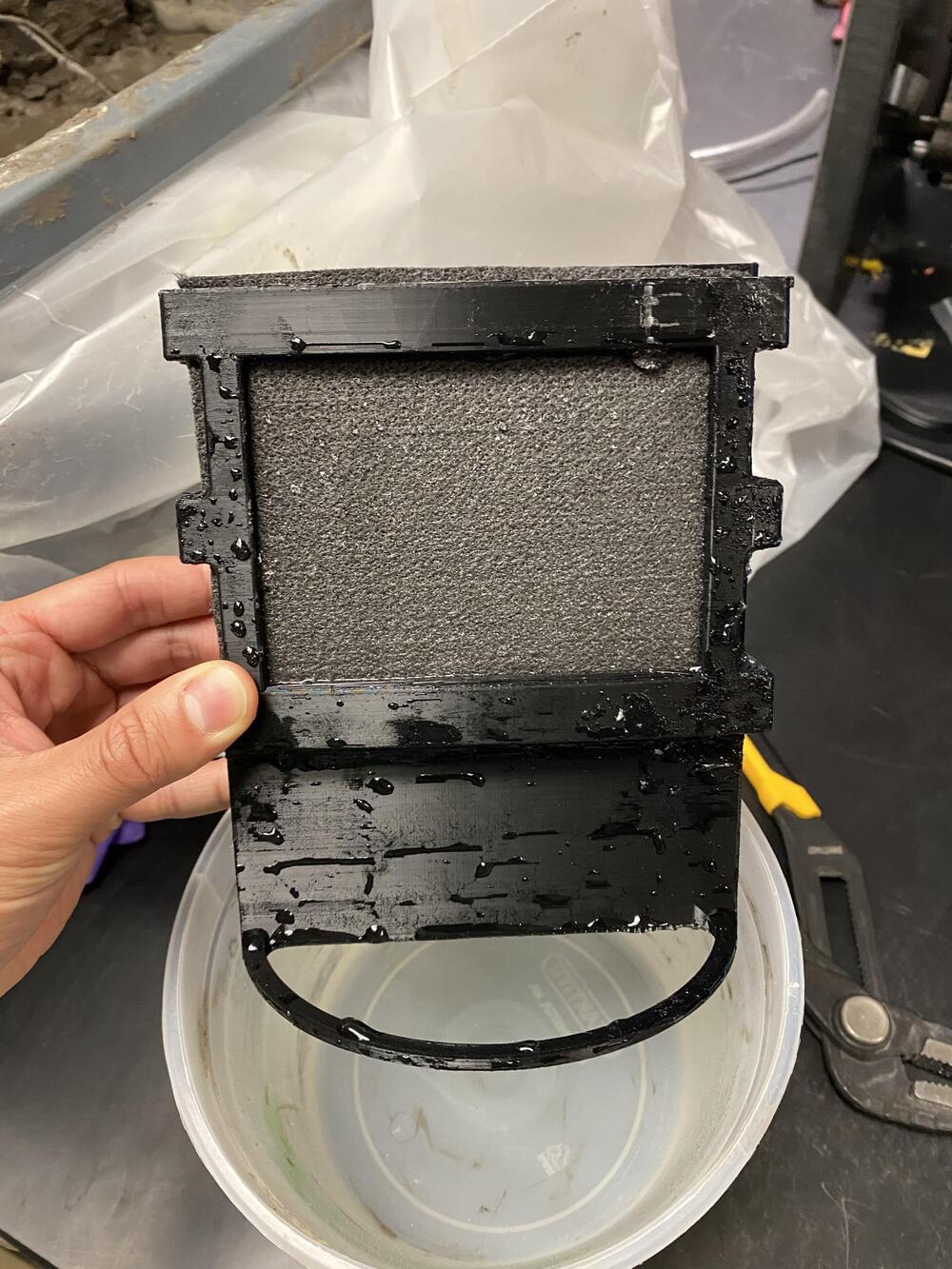
A Northwestern University-led team of researchers has developed a new fuel cell that harvests energy from microbes living in dirt.
About the size of a standard paperback book, the completely soil-powered technology could fuel underground sensors used in precision agriculture and green infrastructure. This potentially could offer a sustainable, renewable alternative to batteries, which hold toxic, flammable chemicals that leach into the ground, are fraught with conflict-filled supply chains and contribute to the ever-growing problem of electronic waste.
To test the new fuel cell, the researchers used it to power sensors measuring soil moisture and detecting touch, a capability that could be valuable for tracking passing animals. To enable wireless communications, the researchers also equipped the soil-powered sensor with a tiny antenna to transmit data to a neighboring base station by reflecting existing radio frequency signals.
What brought the Ingenuity Mars Helicopter mission to and end and how did the Japanese Moon Snipper land on it’s head?
Outstanding Antioxidant For Your Health: https://shopc60.com/
Use discount code: GreenGregs10 for 10% off.
These statements and products have not been evaluated by the Food and Drug Administration. This product is not intended to diagnose, treat, cure, prevent, or mitigate any disease.
GoldBacks from Green Greg’s affiliate link:
https://www.defythegrid.com/goldbacks/ref/15/
Use coupon code GreenGregs for 1% off
Inspire your kids to love science!
SAVE 20% OFF New Science Kits Using Code: NEWKITSSAVE20 At Steve Spangler Science dot com! Great Educational Products For Kids! SHOP NOW! https://www.pntra.com/t/SENKTExNSUhDR05OSUxJQ0dPRkxGRw
For gardening in your Lunar or Mars habitat GalacticGregs has teamed up with True Leaf Market to bring you a great selection of seed for your planting. Check it out: http://www.pntrac.com/t/TUJGRklGSkJGTU1IS0hCRkpIRk1K
Awesome deals for long term food supplies for those long missions to deep space (or prepping in case your spaceship crashes: See the Special Deals at My Patriot Supply: www.PrepWithGreg.com
For that off-grid asteroid homestead stock up with Lemans before you blast off:
https://www.pntrs.com/t/SENJR0ZOSk9DR05OSUxJQ0dMRkpJSg
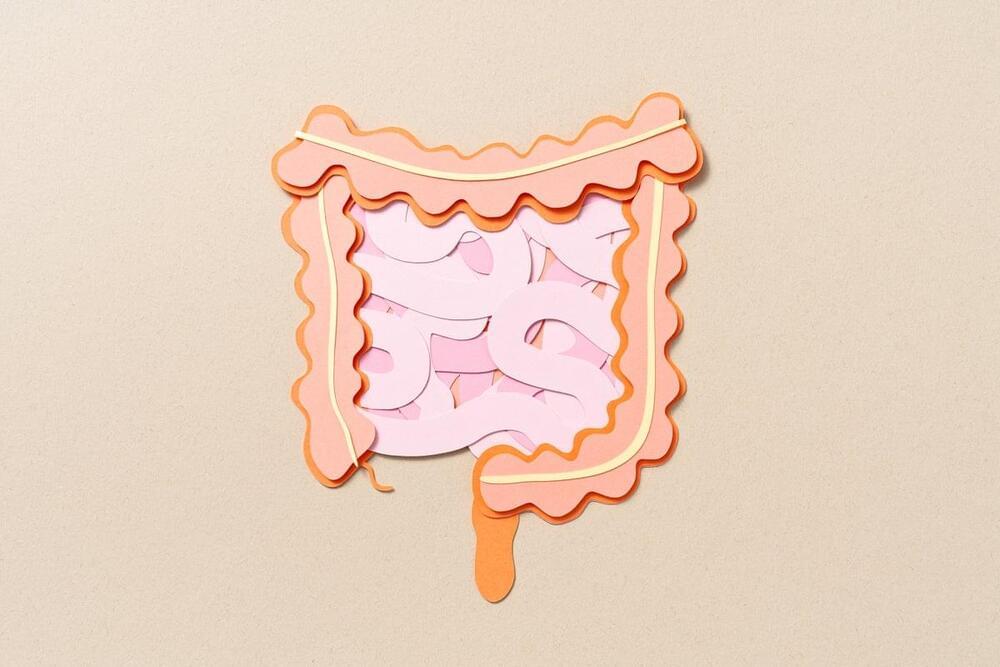
This is good info but I’d like to do it naturally. I wonder if healing my gut biome with pro and prebiotics can help. There’s been psychiatric side effects with ozempic in a few cases. There’s often some kind of side effect when not natural but some people could benefit if monitored by a doctor.
Popular weight-loss and diabetes drugs, such as Ozempic and Wegovy, target metabolic pathways that gut microbes and food molecules already play a key role in regulating.
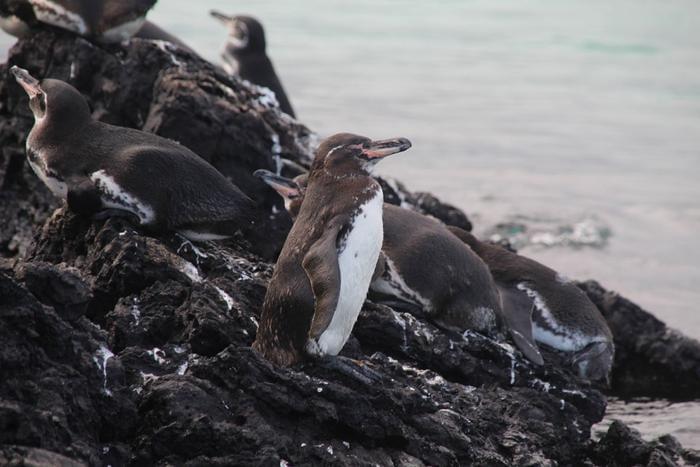
“The model predictions highlight the accumulation behavior and residence time of microplastics in the gut,” said Karly McMullen.
How do microplastics impact marine ecosystems? This is what a recent study published in PLoS One hopes to address as a team of researchers from Canada and Ecuador used models to investigate how microplastics impacted the food webs of Galápagos penguin colonies that reside on the human-populated Santa Cruz Island. Their goal was to ascertain how these models could impact Galápagos species around the world, specifically the Galápagos Islands off the coast of Ecuador, and holds the potential to help researchers, conservationists, and the public better understand the role of microplastics in ocean pollution.
For the study, the researchers examined the diet of the Galápagos penguin that is comprised of anchovy, salema, herring, sardine, and barracuda, and used a series of models to estimate how much the accumulation of microplastics within this prey and how much microplastics ended up in the penguins’ guts. In the end, the models predicted a stark rise in both the penguins and their prey, but specifically the penguins demonstrating the largest amount of microplastics per biomass.

Many people are wired to seek and respond to rewards. Your brain interprets food as rewarding when you are hungry and water as rewarding when you are thirsty.
But addictive substances like alcohol and drugs of abuse can overwhelm the natural reward pathways in your brain, resulting in intolerable cravings and reduced impulse control.
A popular misconception is that addiction is a result of low willpower. But an explosion of knowledge and technology in the field of molecular genetics has changed our basic understanding of addiction drastically over the past decade. The general consensus among scientists and health care professionals is that there is a strong neurobiological and genetic basis for addiction.
If you give a rat a camera, it will apparently take selfies.
That was the biggest takeaway from a fresh riff on a classic rat experiment undertaken by French photographer and amateur behaviorist Augustin Lignier, who told the New York Times that when he taught some pet store rats how to take selfies using a lever that snapped a pic and rewarded them with some sugar, the photo-snapping continued even after the treats stopped.
Born from a desire to understand why people take and post so many self-portraits online, Lignier designed a modified version of behaviorist B.F. Skinner’s conditioning experiments wherein rats were given food for pushing a button inside a box. Known now as the “Skinner box,” this groundbreaking methodology developed in the 1930s has been used repeatedly in the past century not just to study behavior but also as an allegory — and has even served to describe humans’ relationship to social media.
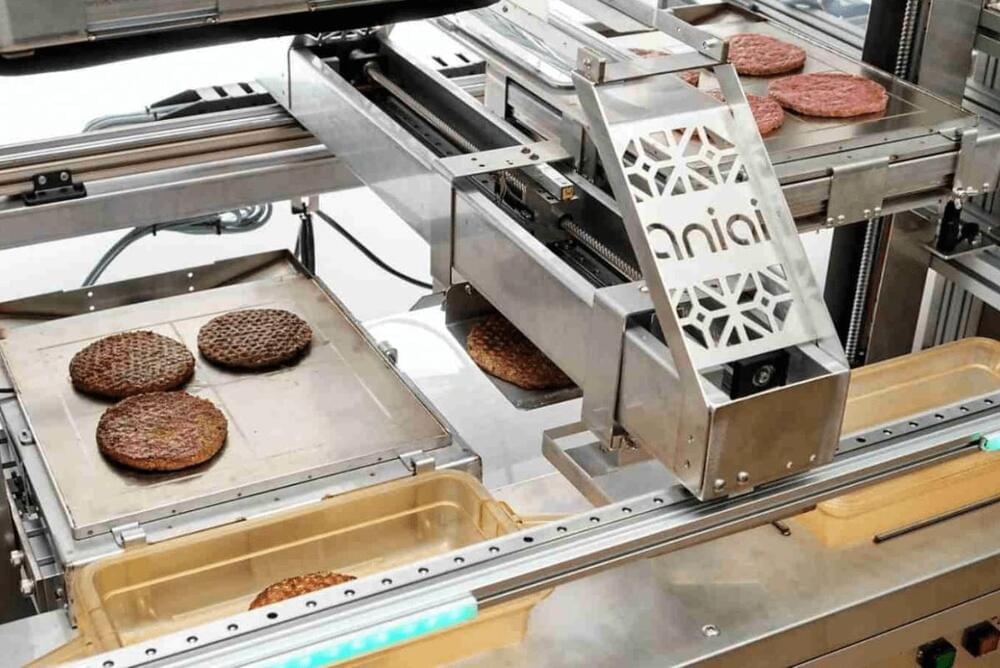
Aniai, a startup that has built a burger-grilling robot, Alpha Grill, said today it has raised $12 million, bringing its total raise to $15 million. The money will go toward launching its first manufacturing facility, Factory One, in South Korea. The firm will also be deploying a cloud-based AI software platform for the robot called Alpha Cloud.
Robot adoption in the restaurant business is becoming popular as it can help restaurants address their high pain points like labor shortages, and rising wage issues. Robotics enables restaurants to save 30% to 70% of labor costs, and restaurants could replace more than 80% of restaurant positions with robots, according to a research report.
“Burger chains hire six to eight kitchen staff per shift to grill burgers,” Aniai CEO Gunpil Hwang said. “Alpha Grill enables restaurants to engage only one staff member to grill burgers.”
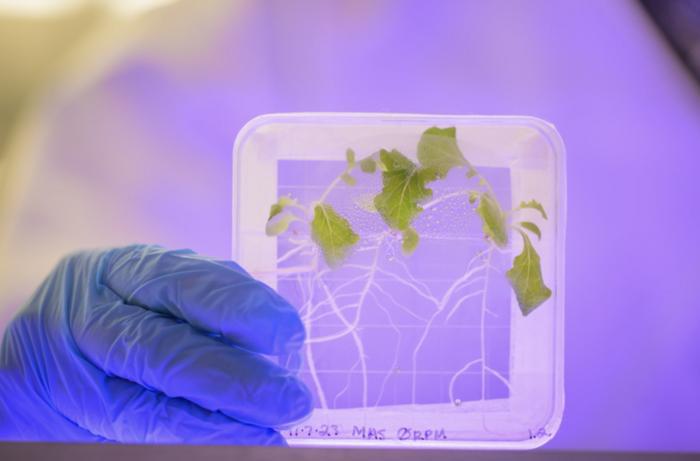
“We need to be prepared for and reduce risks in space for those living now on the International Space Station and for those who might live there in the future,” said Dr. Kali Kniel. “It is important to better understand how bacterial pathogens react to microgravity in order to develop appropriate mitigation strategies.”
As human spaceflight has advanced, so has the food that astronauts eat during their respective missions. This has evolved from dehydrated food during the Apollo missions to regular food that astronauts can get shipped from Earth. But an astronaut’s diet expanded thanks to a 2020 study published in Frontiers in Plant Science that evaluated space-grown lettuce in the International Space Station (ISS) with promising results. While that study exhibited “negative results” for human pathogens, a recent study published in Scientific Reports has demonstrated that human pathogens could infect space-grown lettuce, specifically leafy green vegetables, that could lead to food safety concerns during spaceflight from the microgravity conditions where the plants are grown.
For the study, the researchers simulated microgravity conditions by rotating plants at 2 rotations per minute (RPM), 4 RPM, and unrotated and with and without S. enterica Typhimurium, which is a known salmonella bacterium, and later with Bacillus subtilis strain UD1022. The team analyzed changes in how much each bacteria invaded the plant’s pores, which function as the primary mechanism during photosynthesis for discharging oxygen and taking in carbon dioxide.
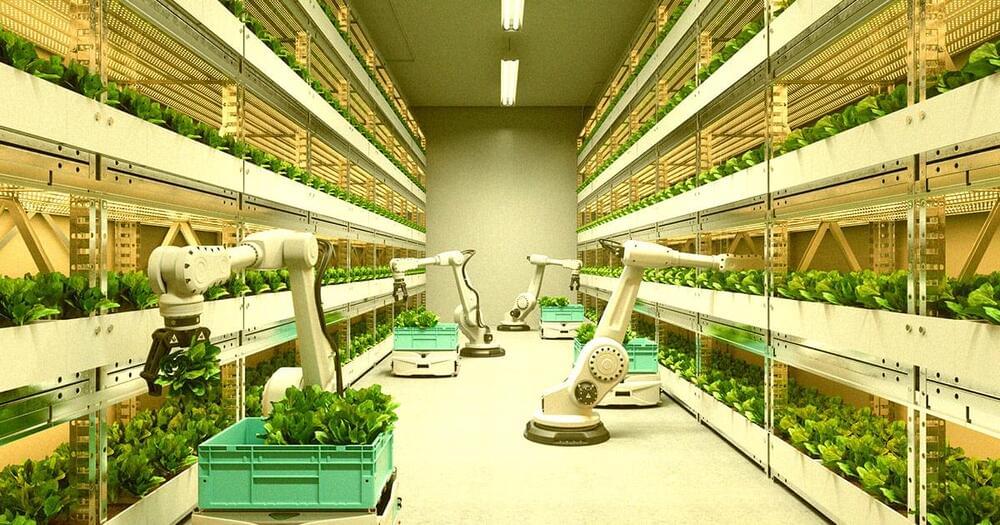
A team of MIT researchers has found that in many instances, replacing human workers with AI is still more expensive than sticking with the people, a conclusion that flies in the face of current fears over the technology taking our jobs.
As detailed in a new paper, the team examined the cost-effectiveness of 1,000 “visual inspection” tasks across 800 occupations, such as inspecting food to see whether it’s gone bad. They discovered that just 23 percent of workers’ total wages “would be attractive to automate,” mainly because of the “large upfront costs of AI systems” — and that’s if the automatable tasks could even “be separated from other parts” of the jobs.
That said, they admit, those economics may well change over time.